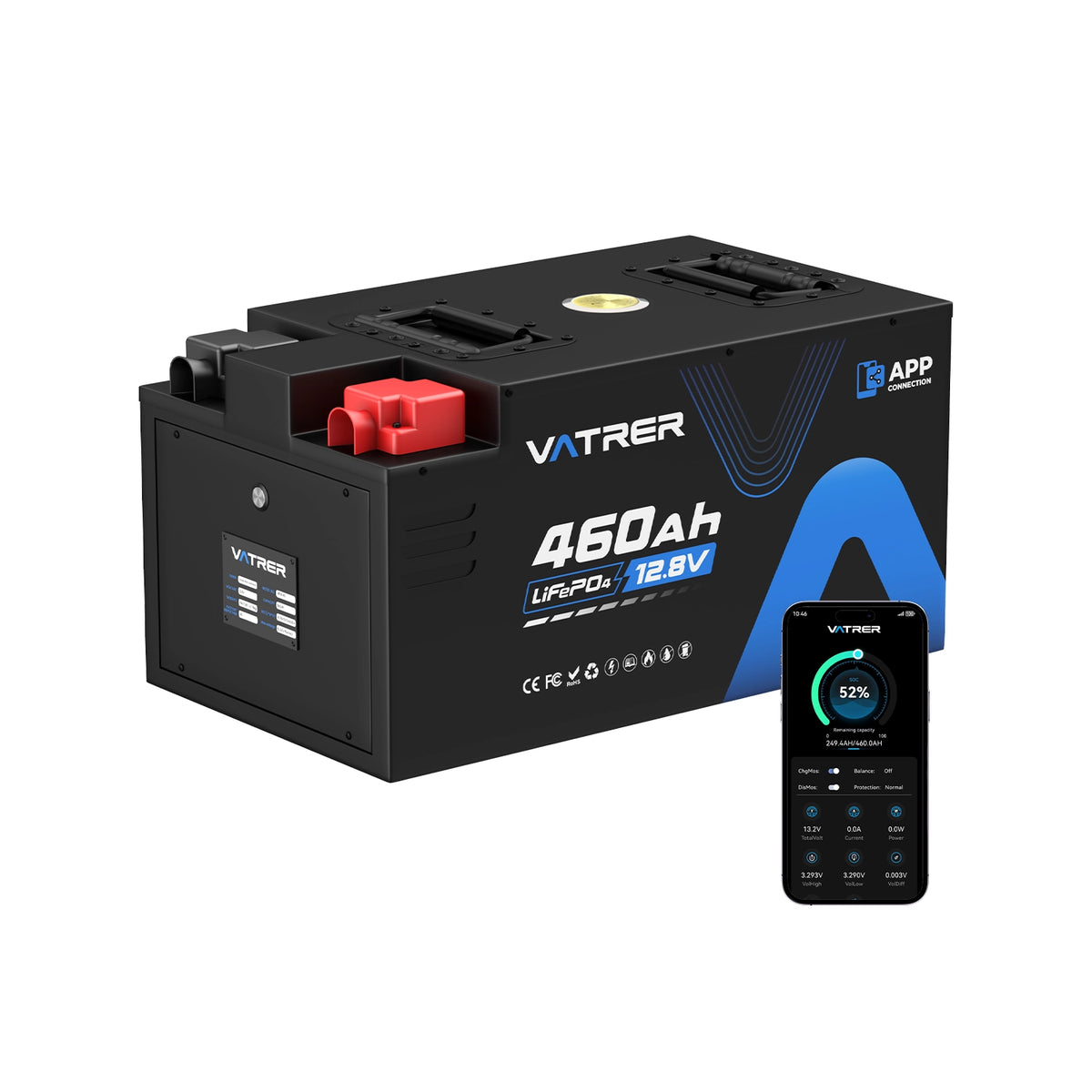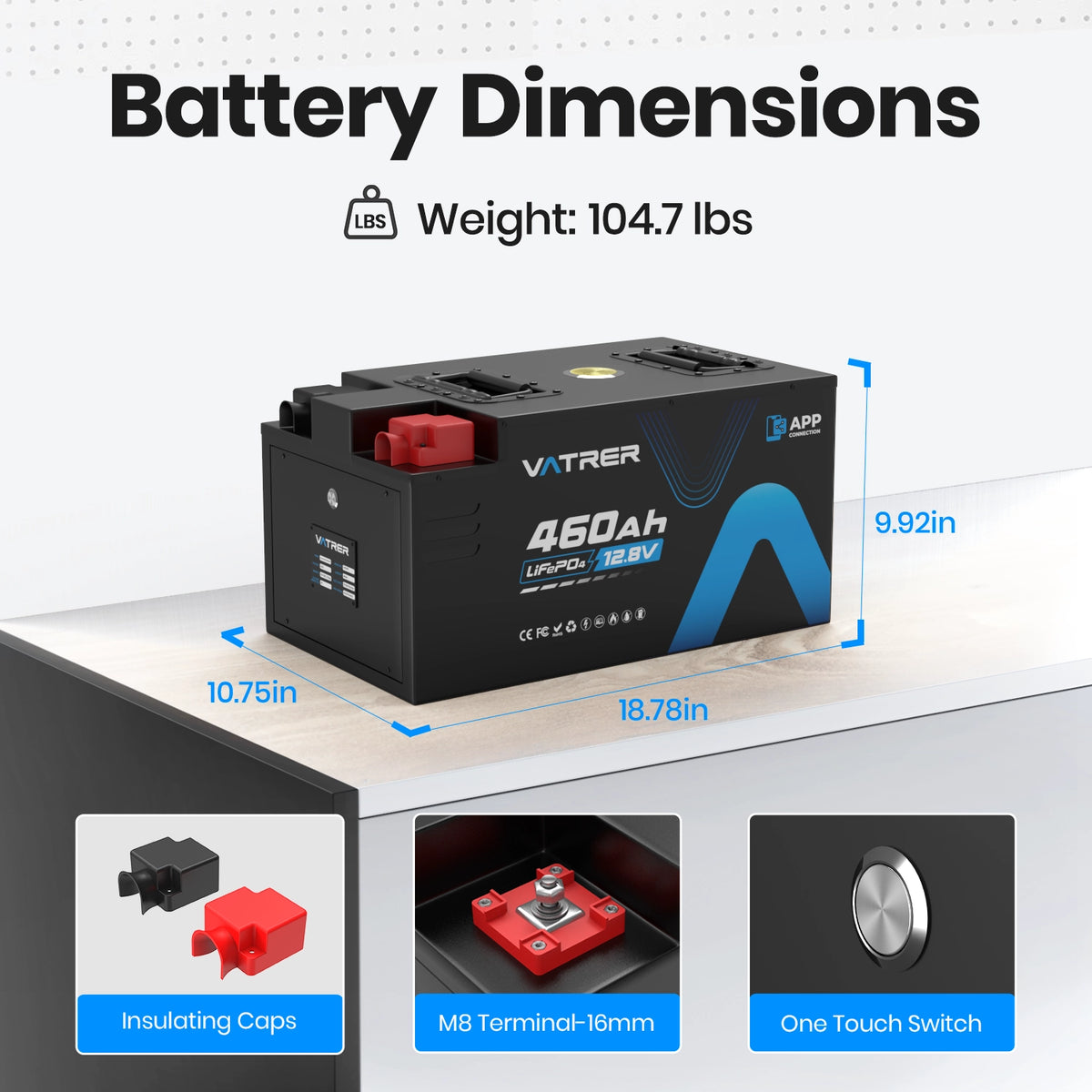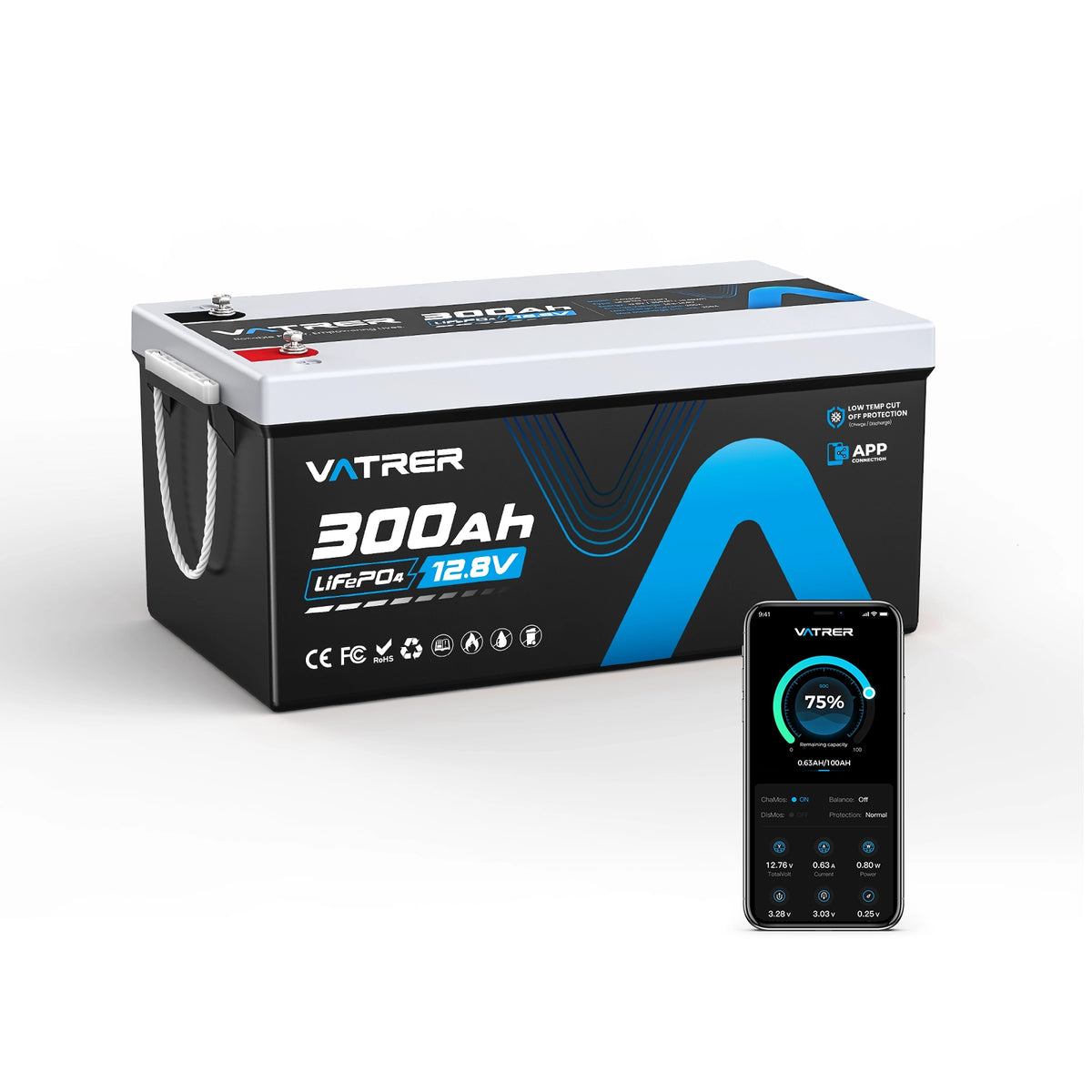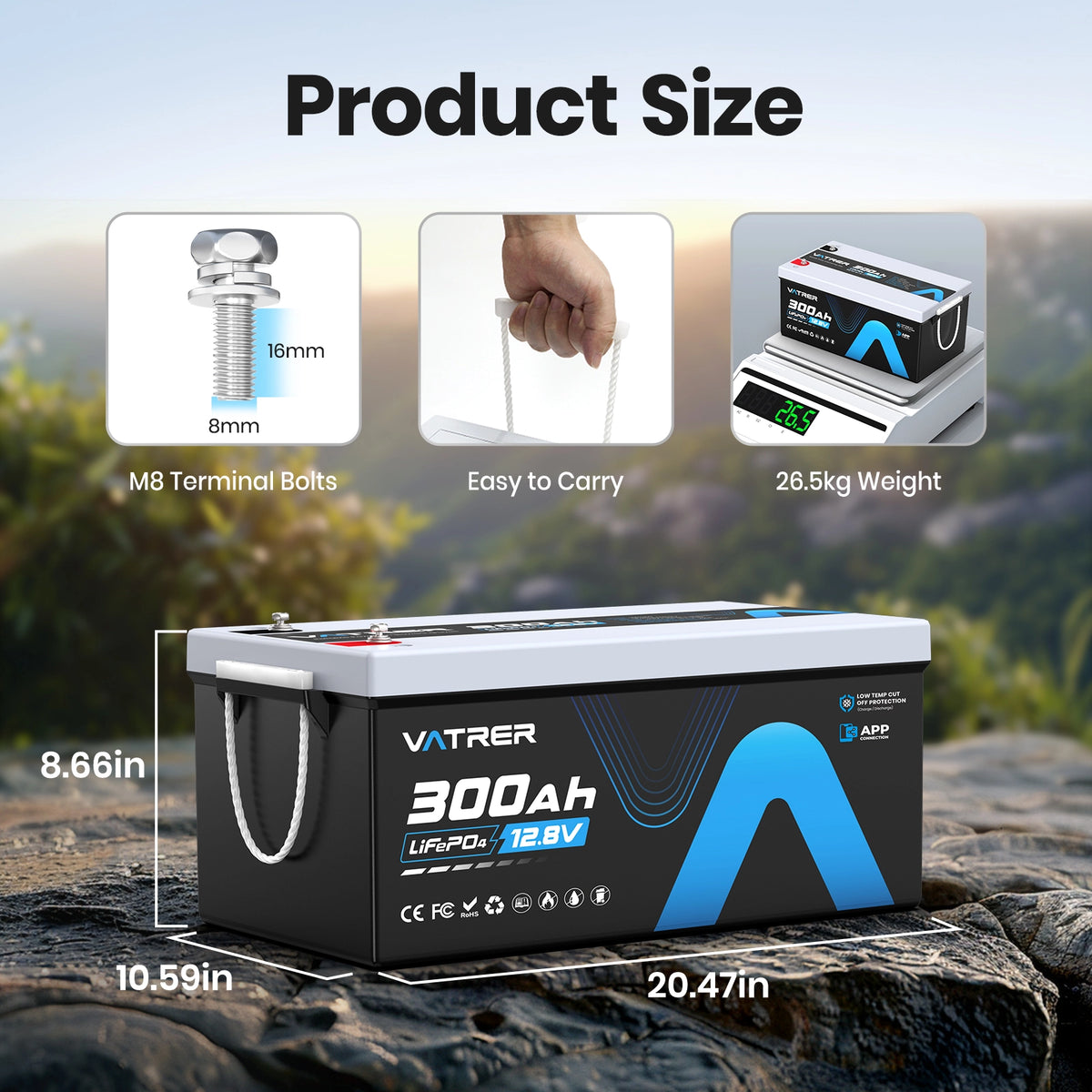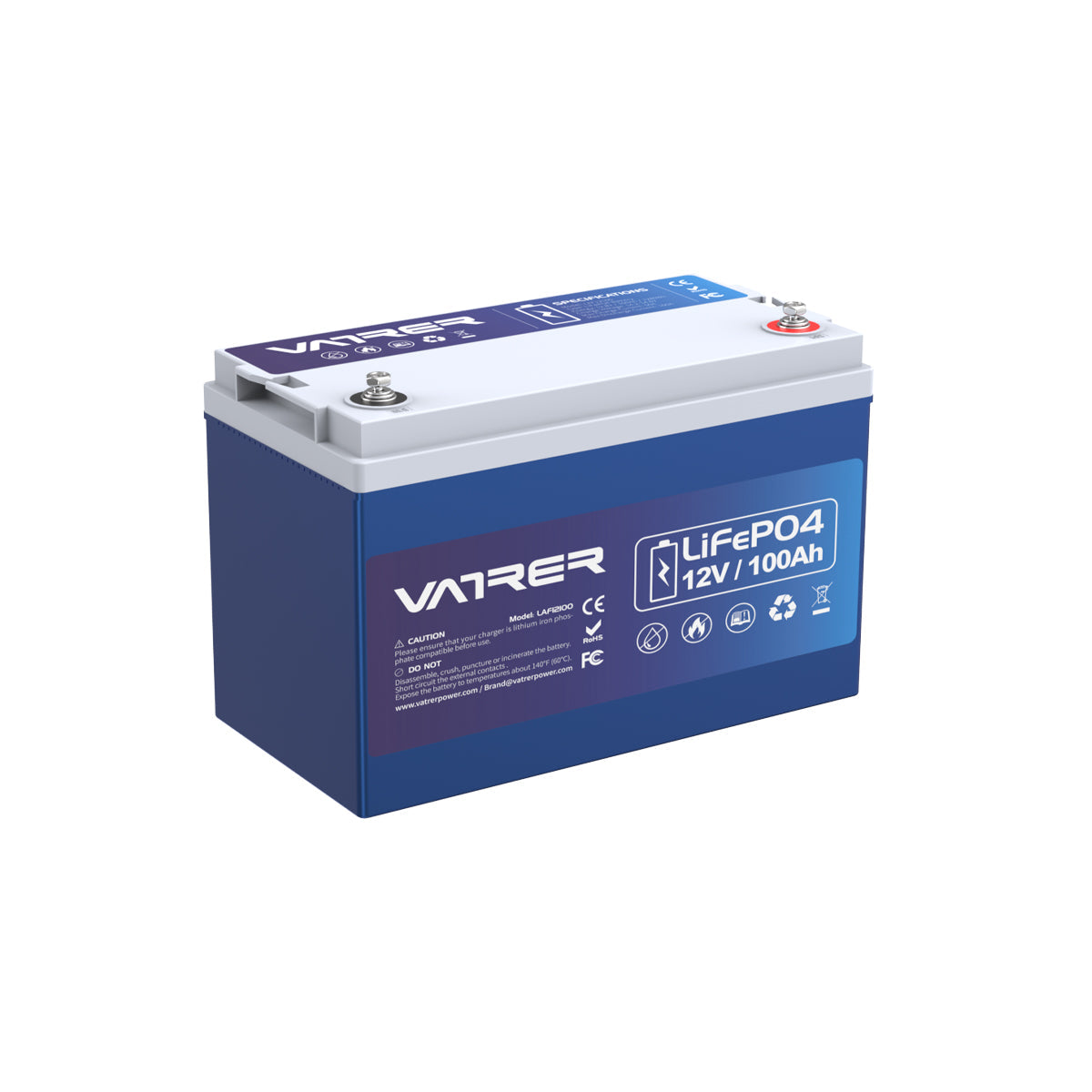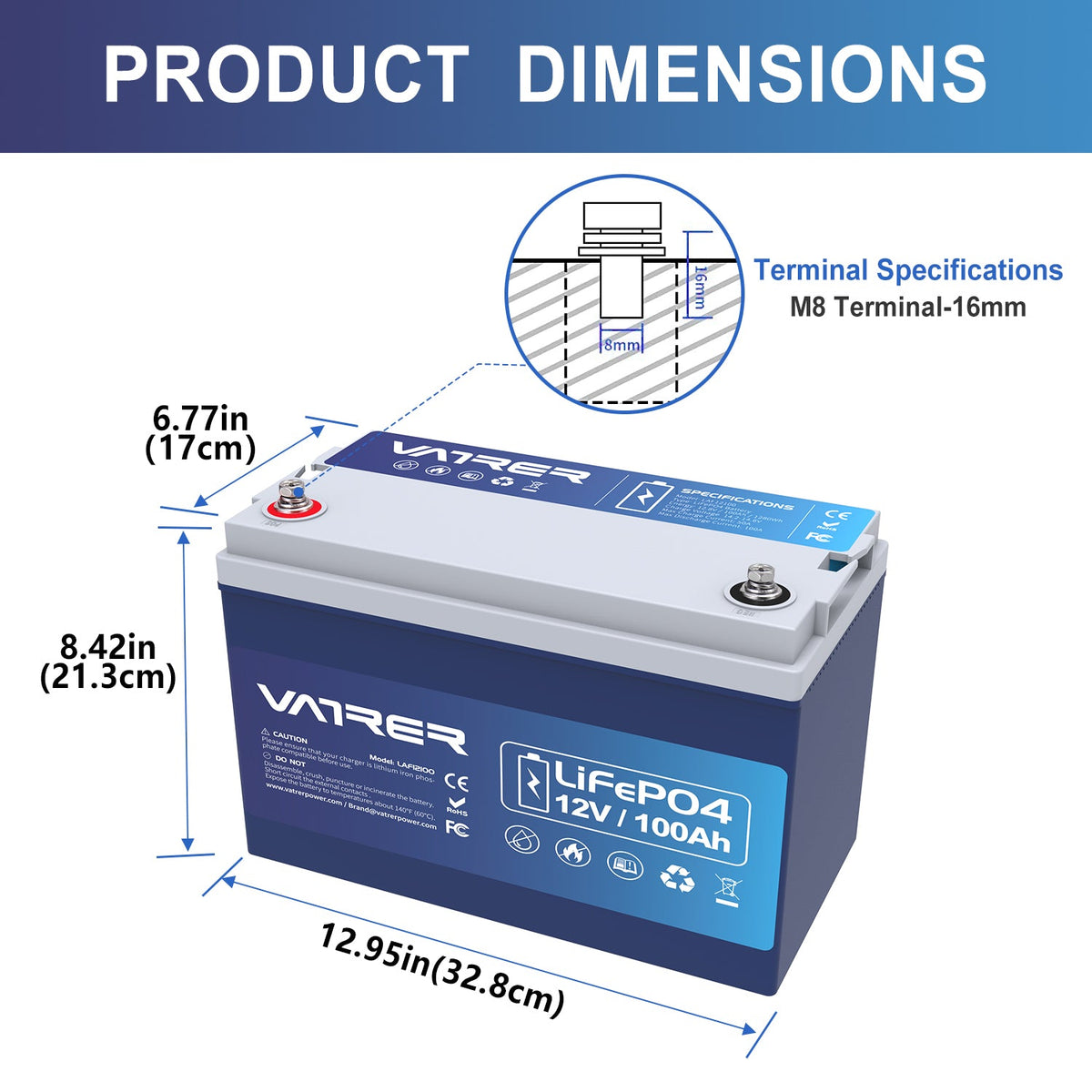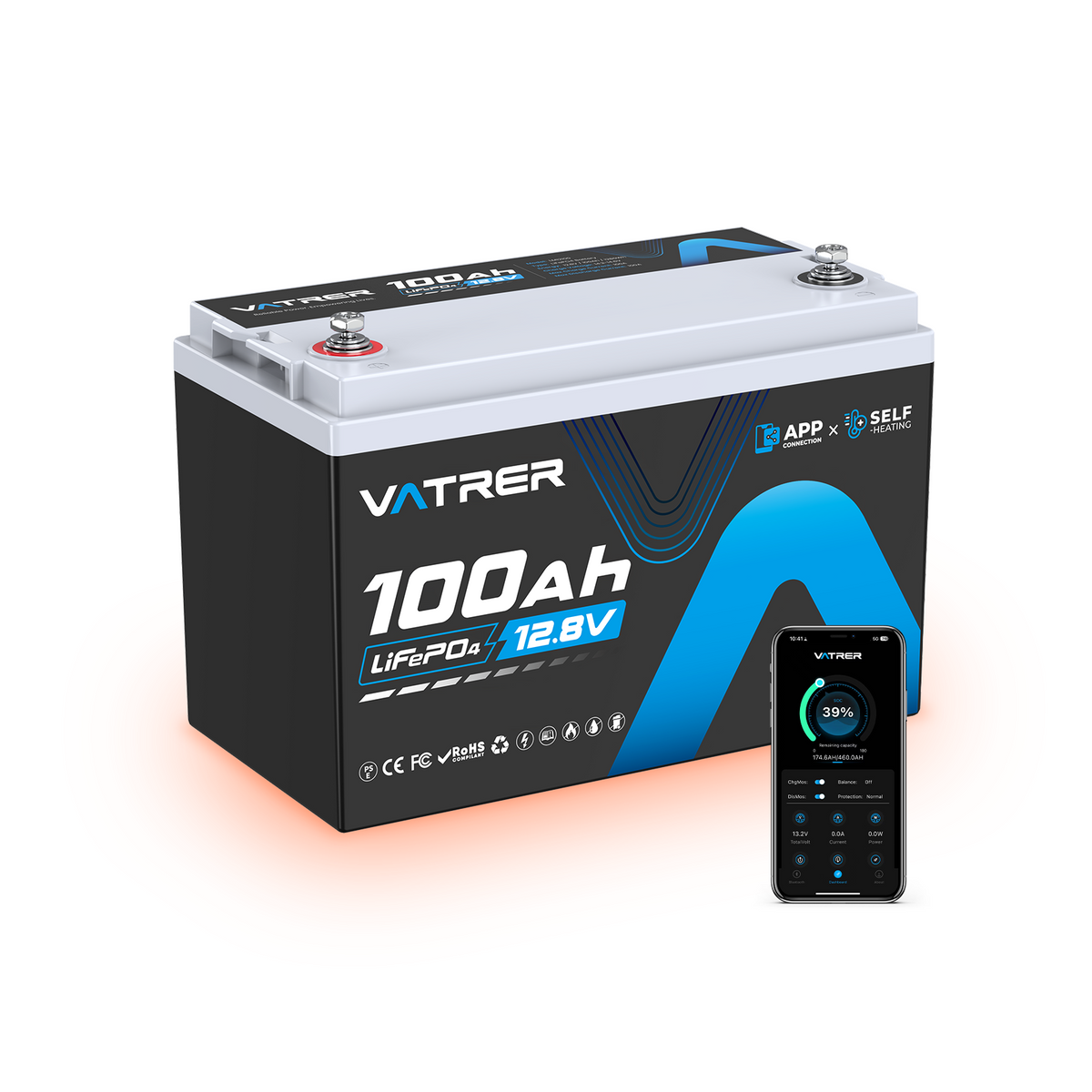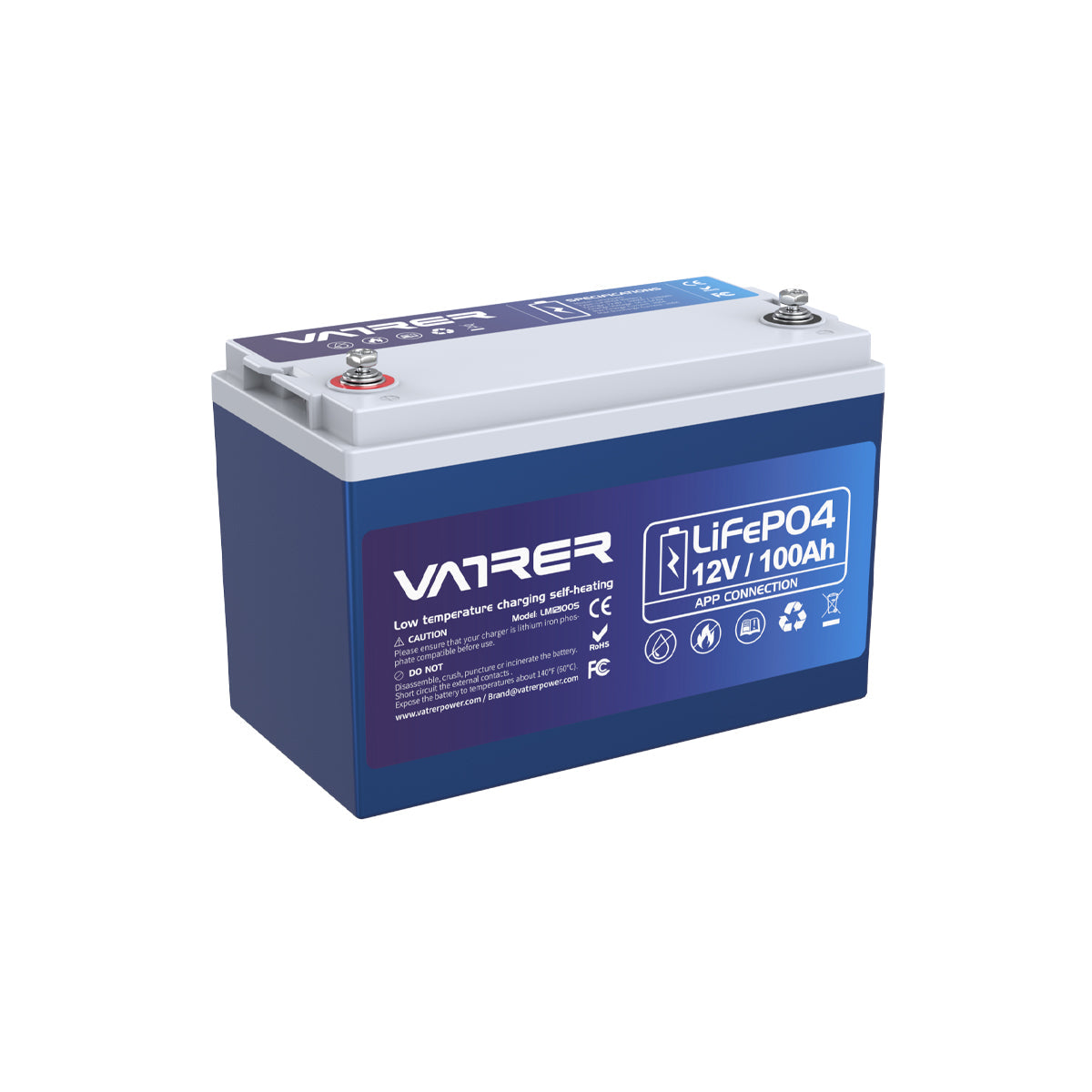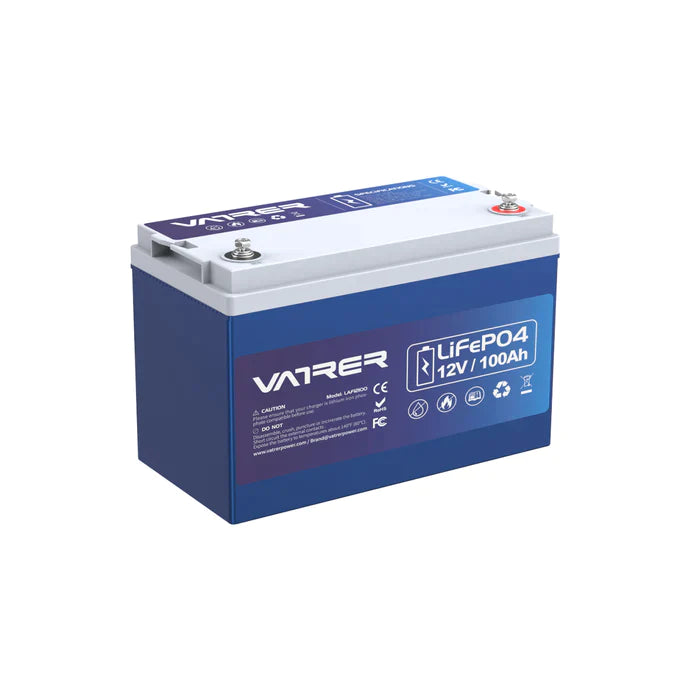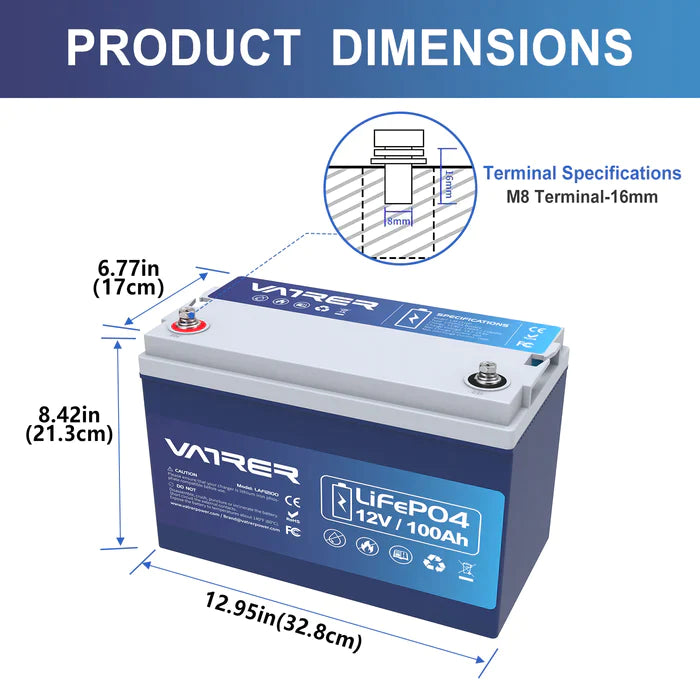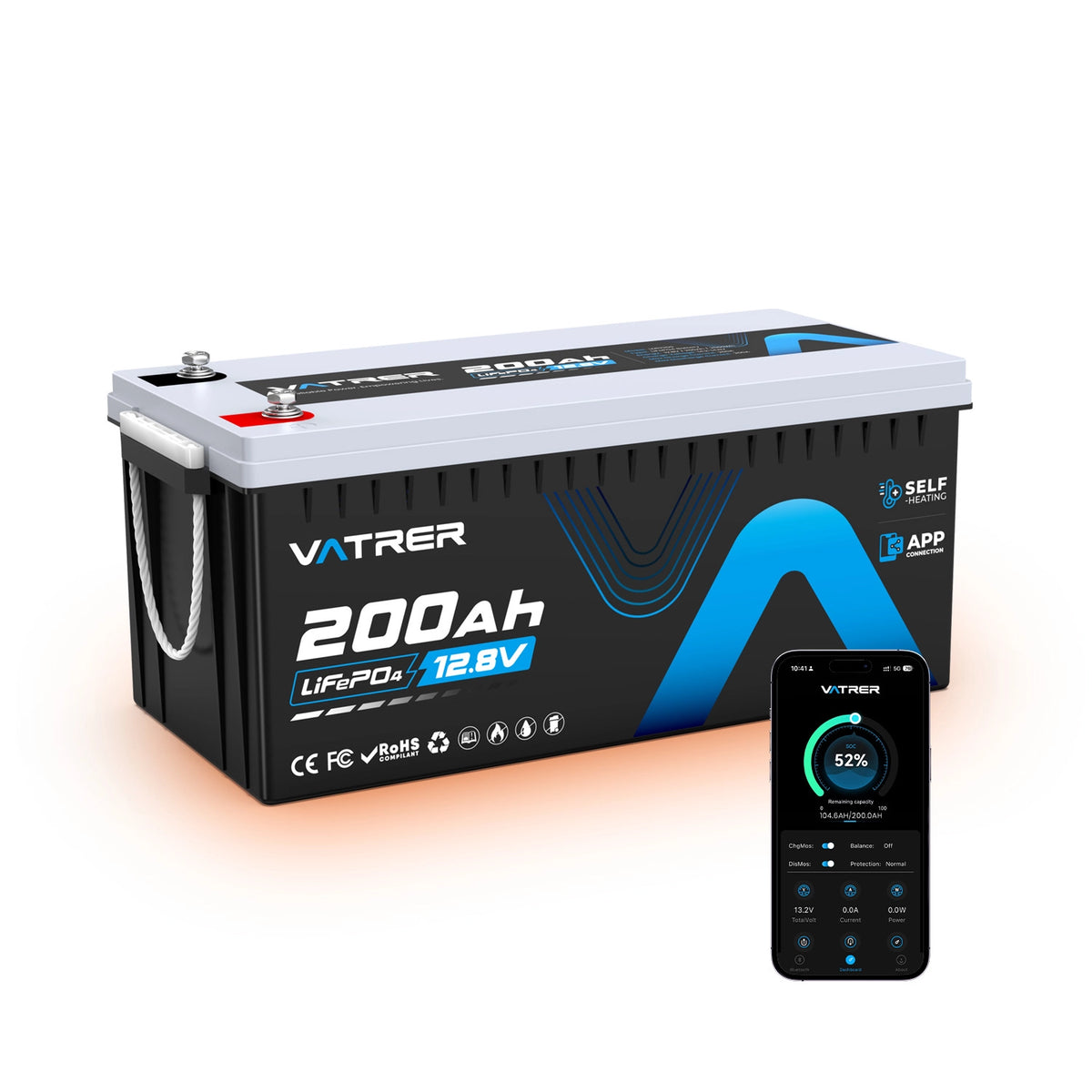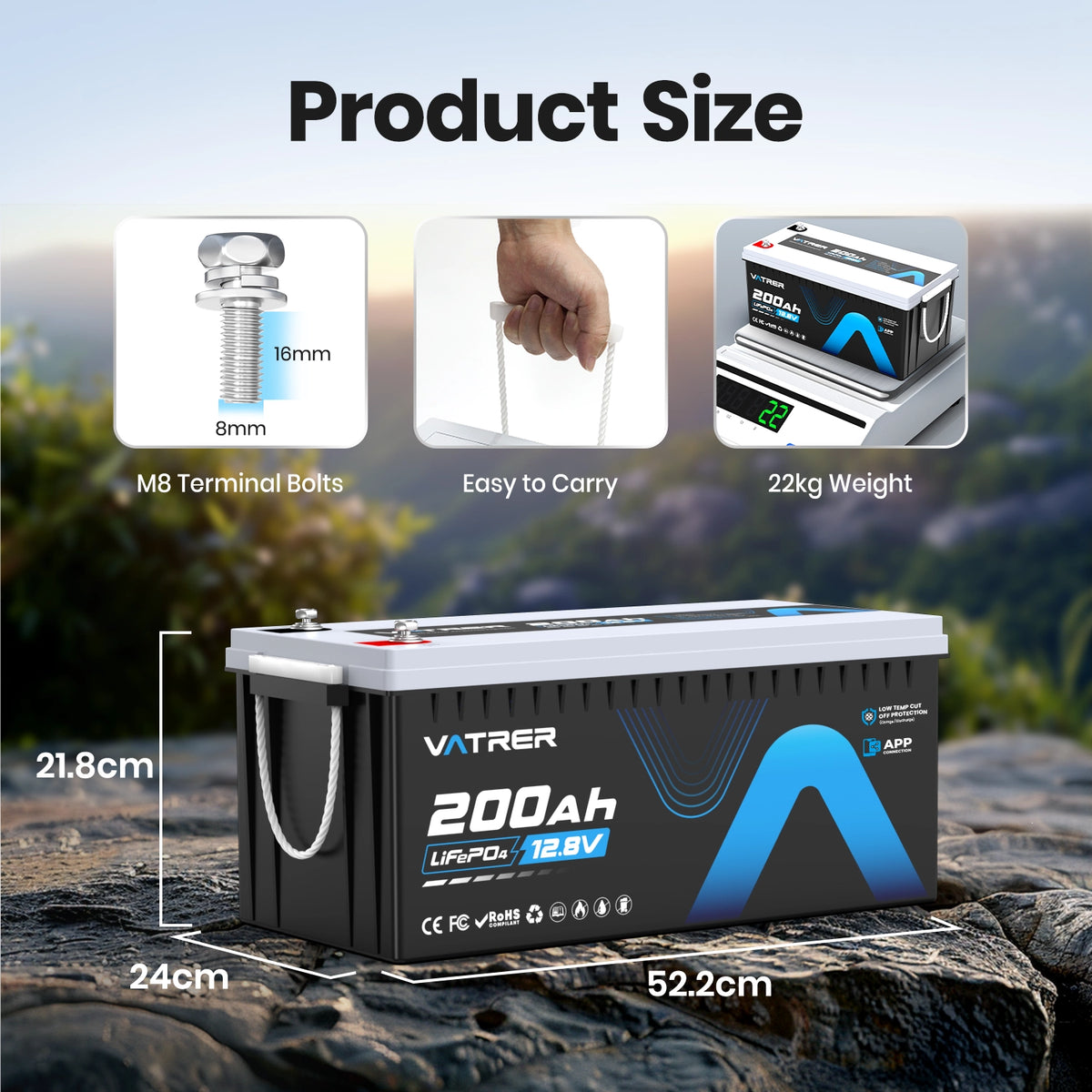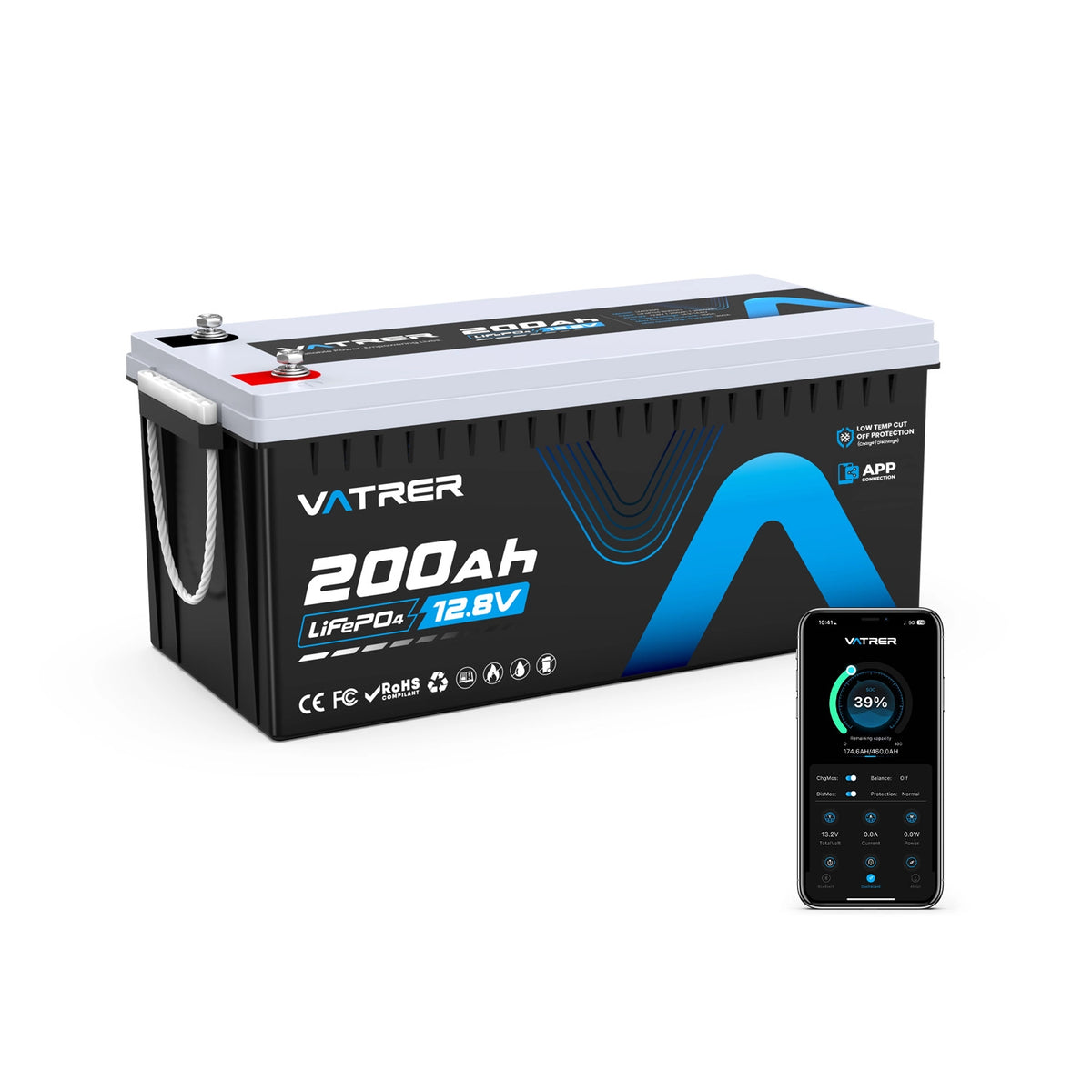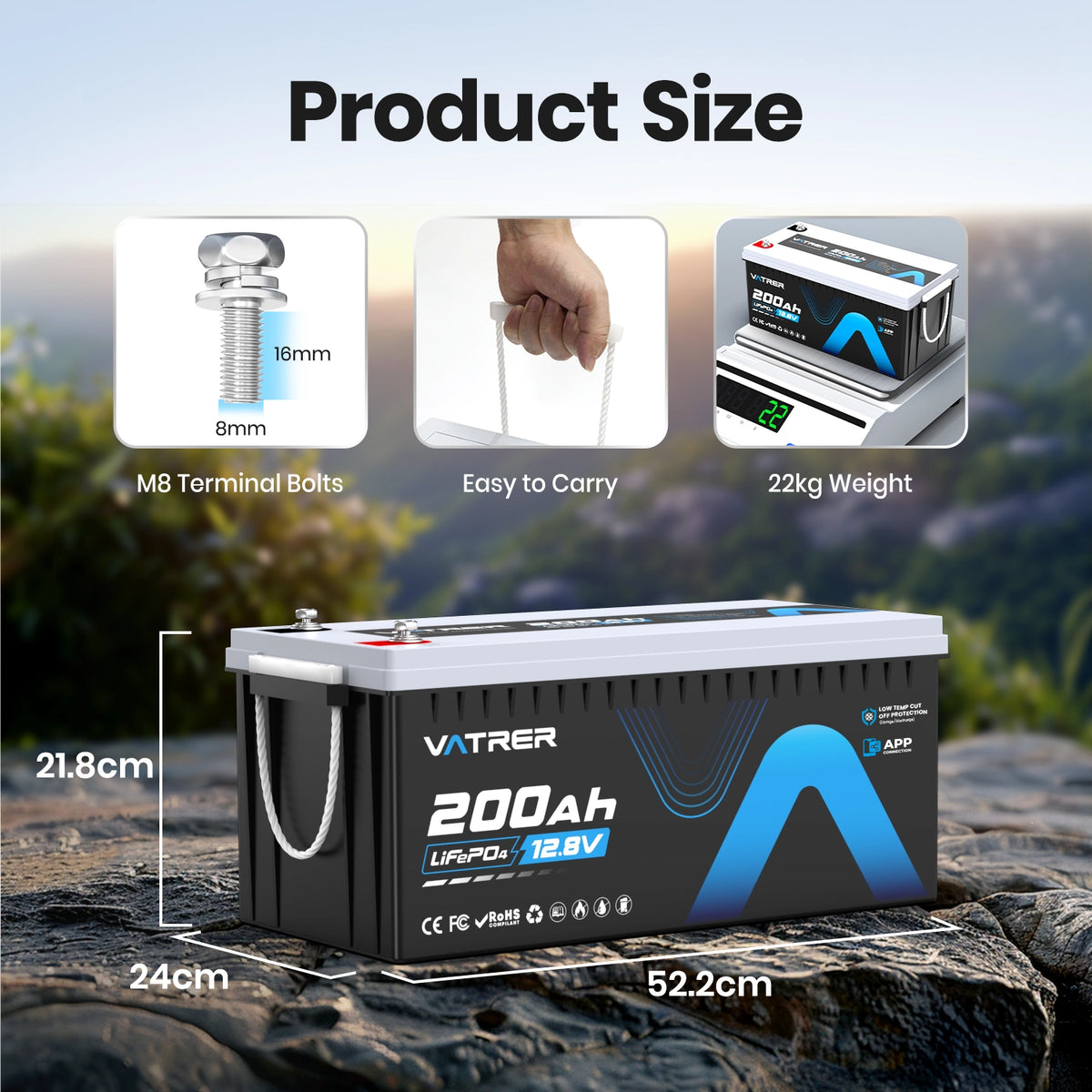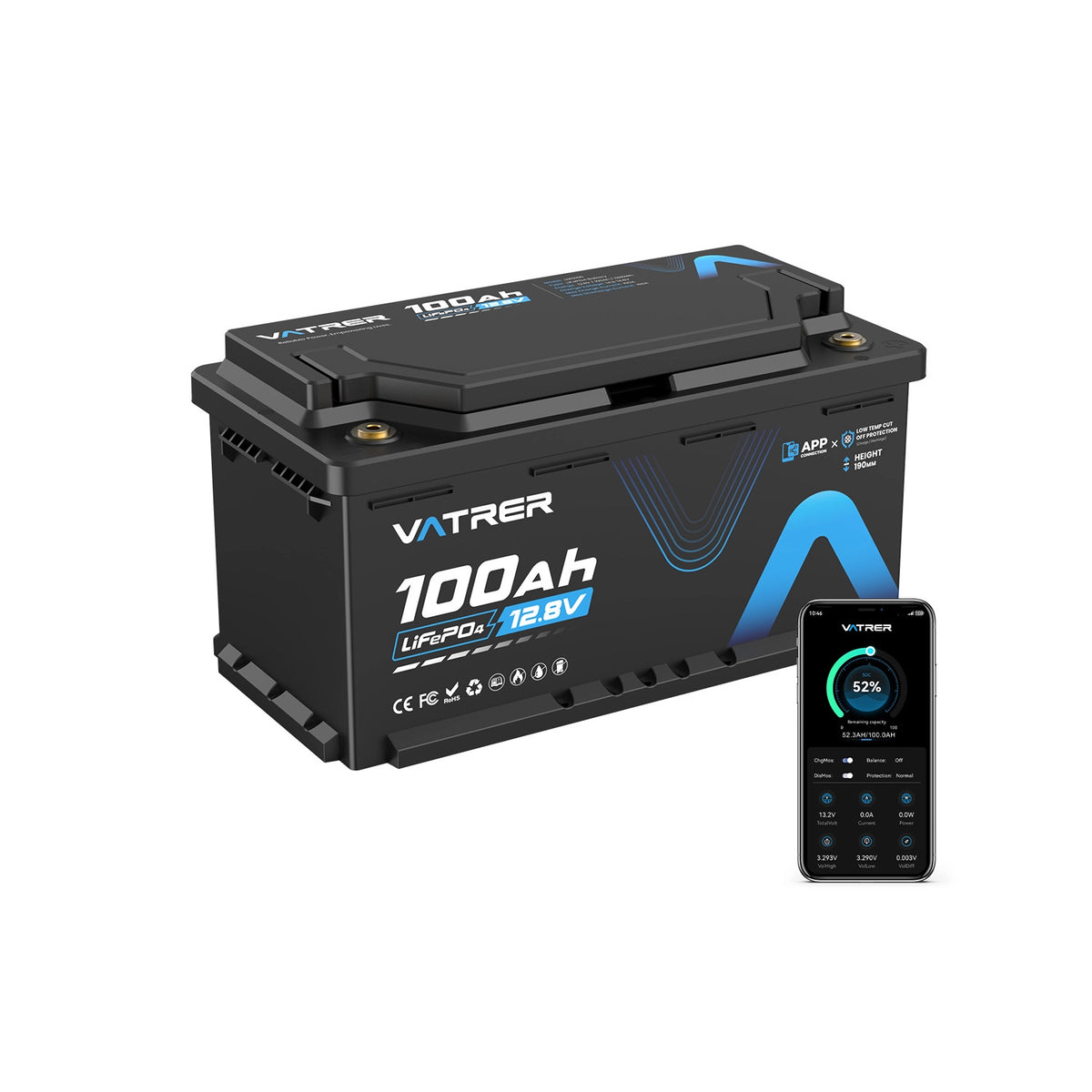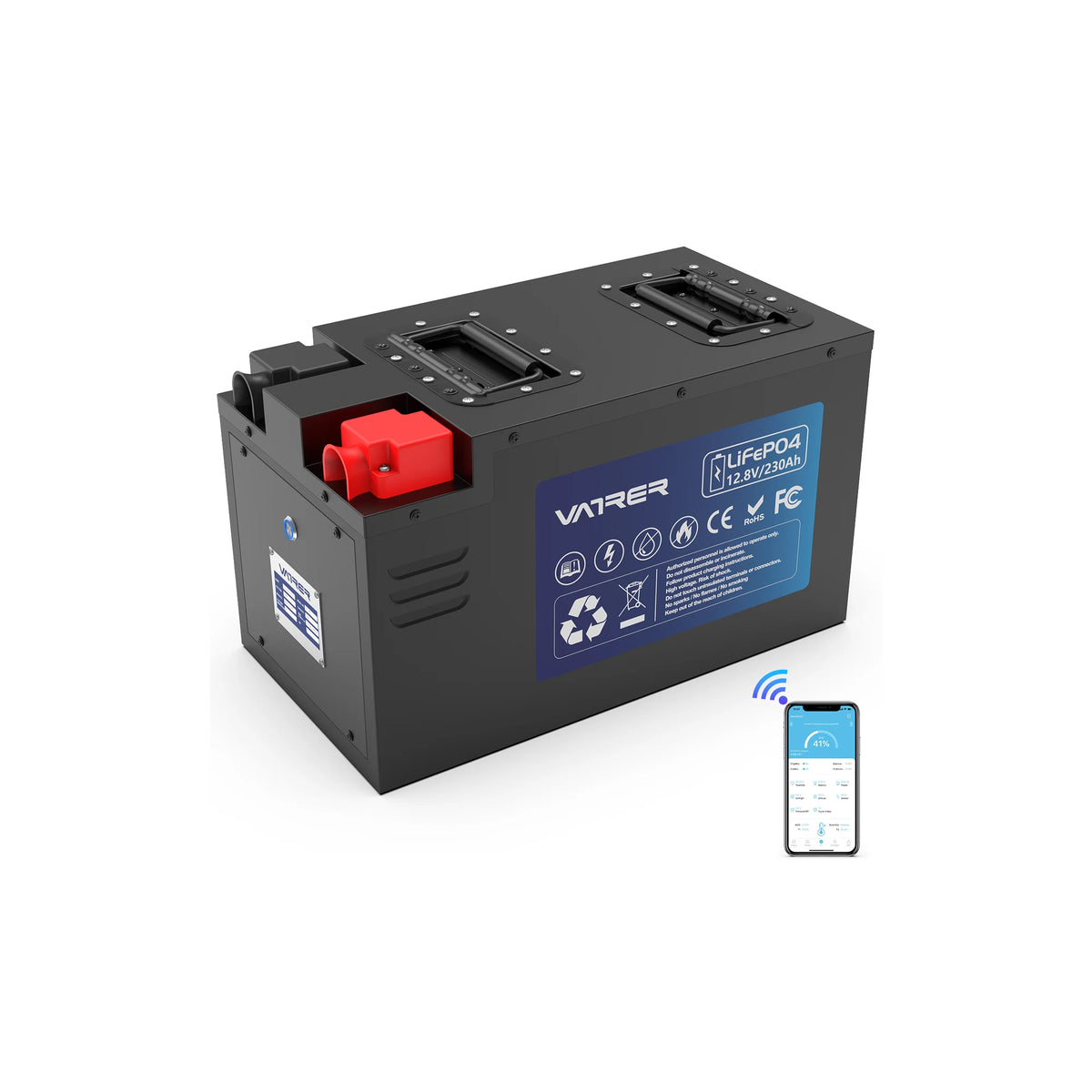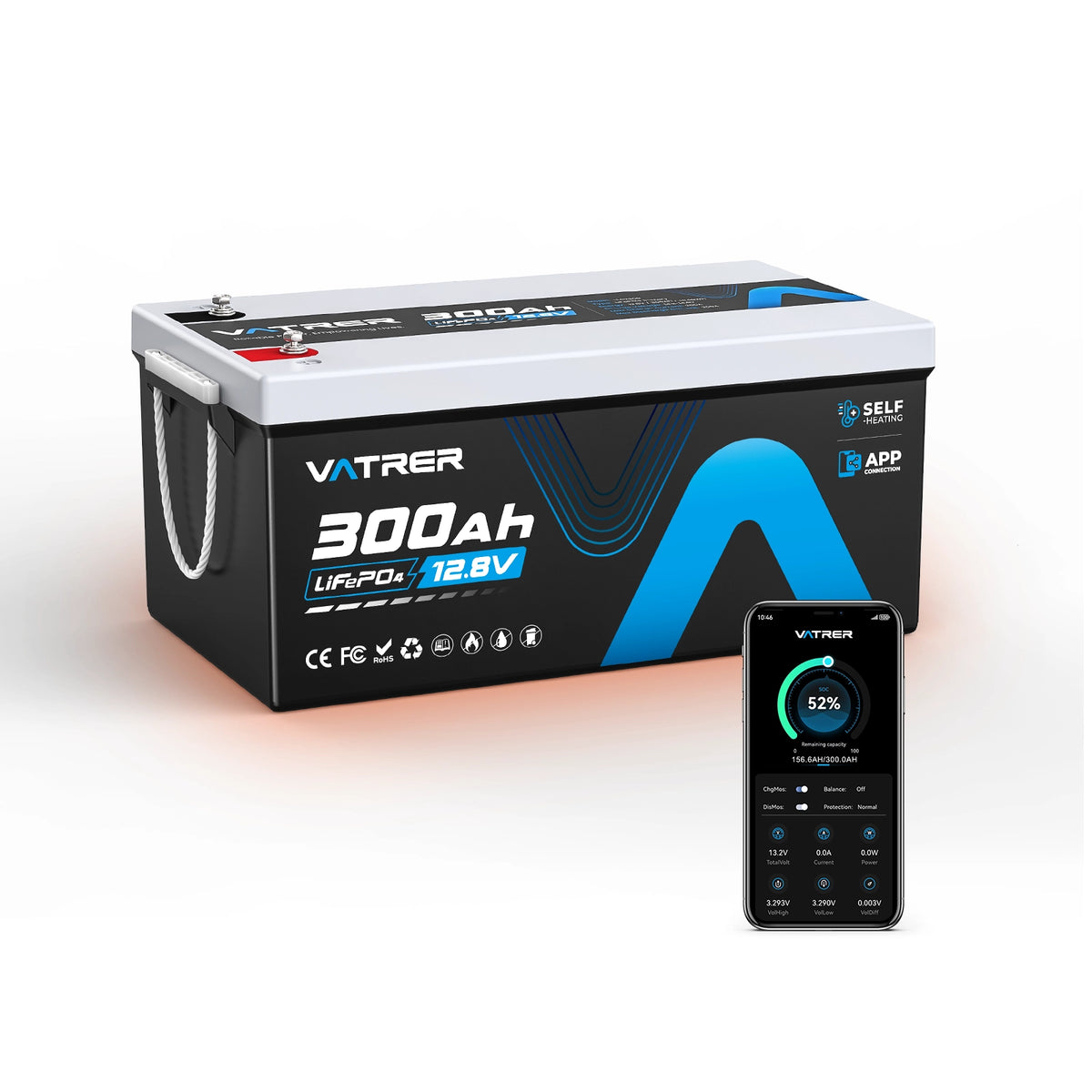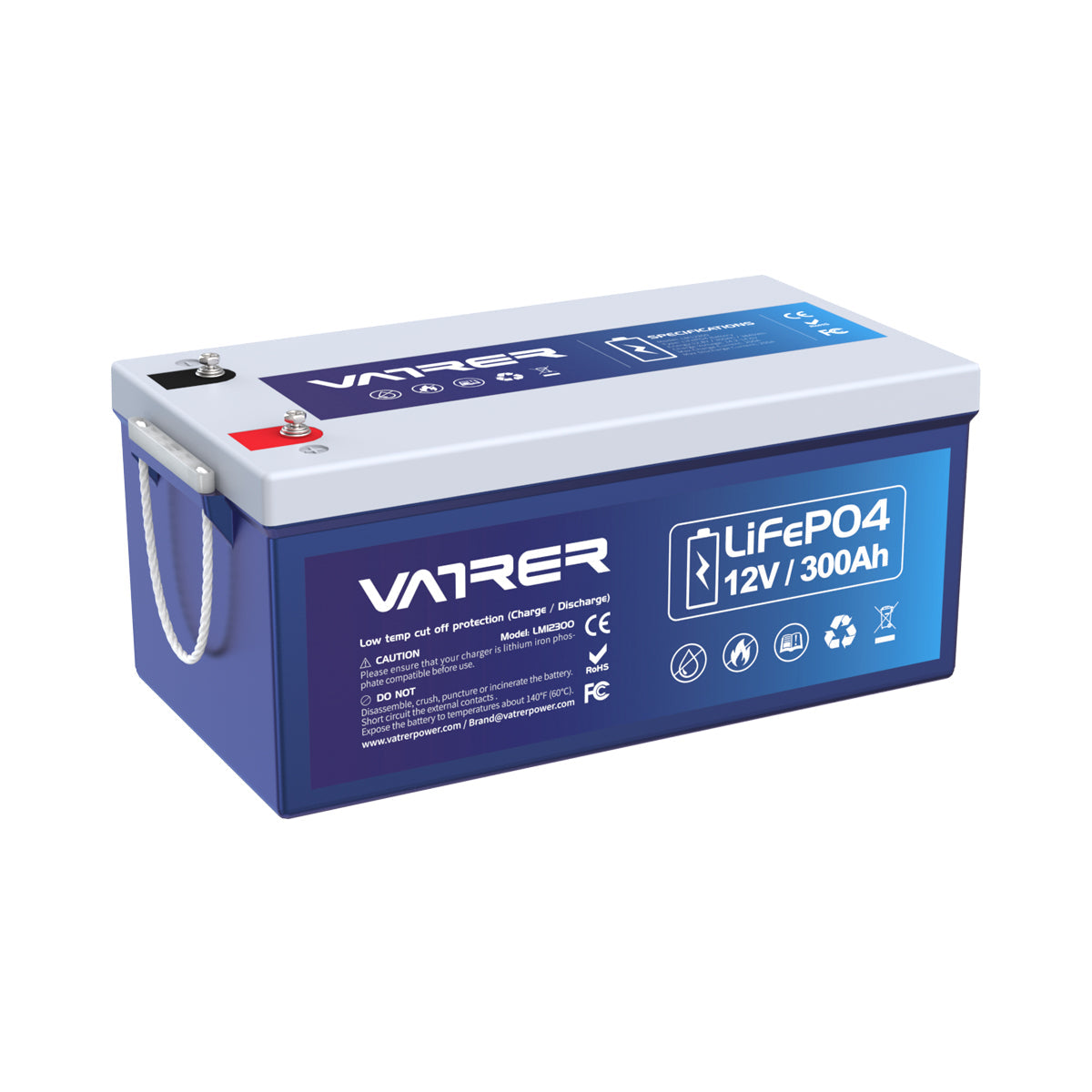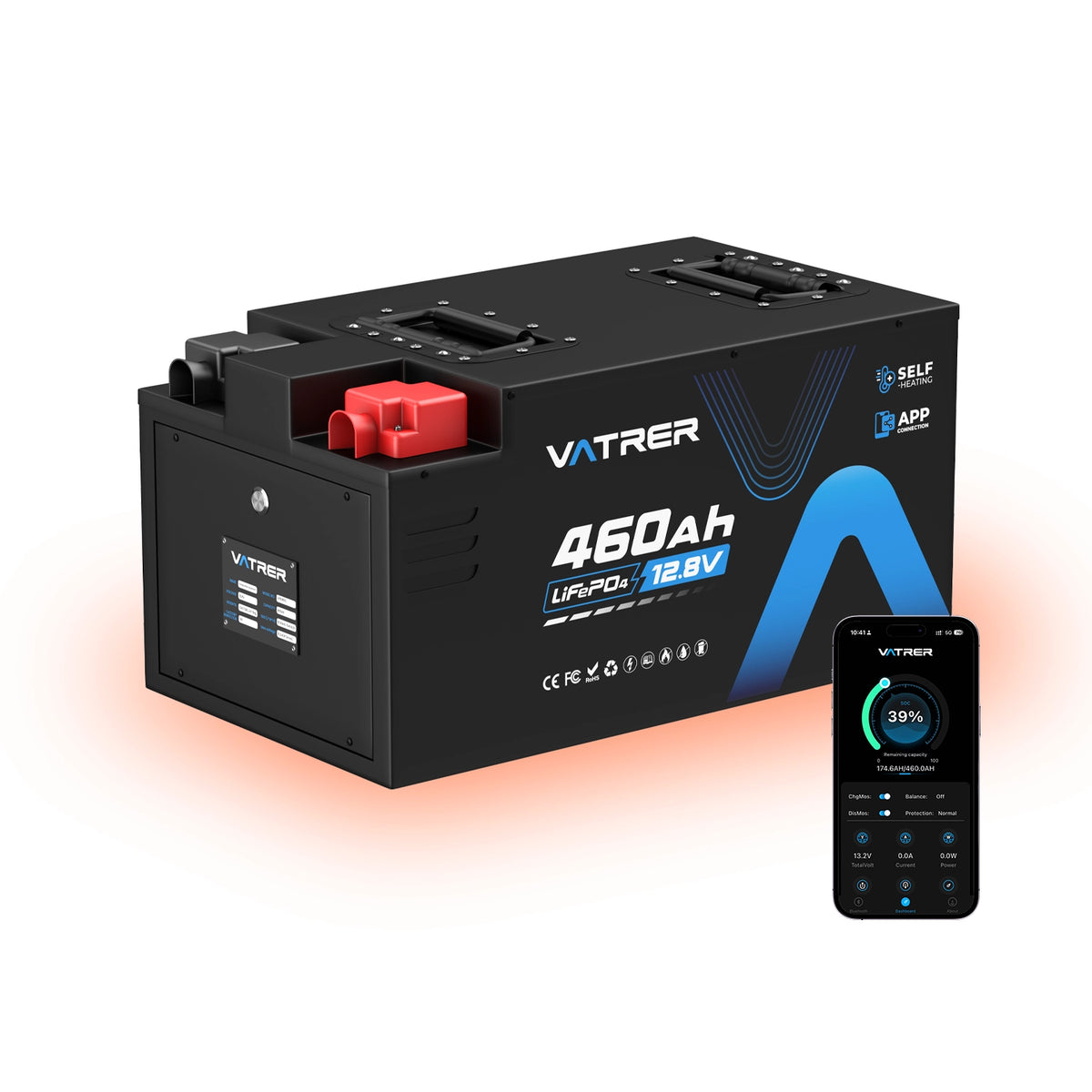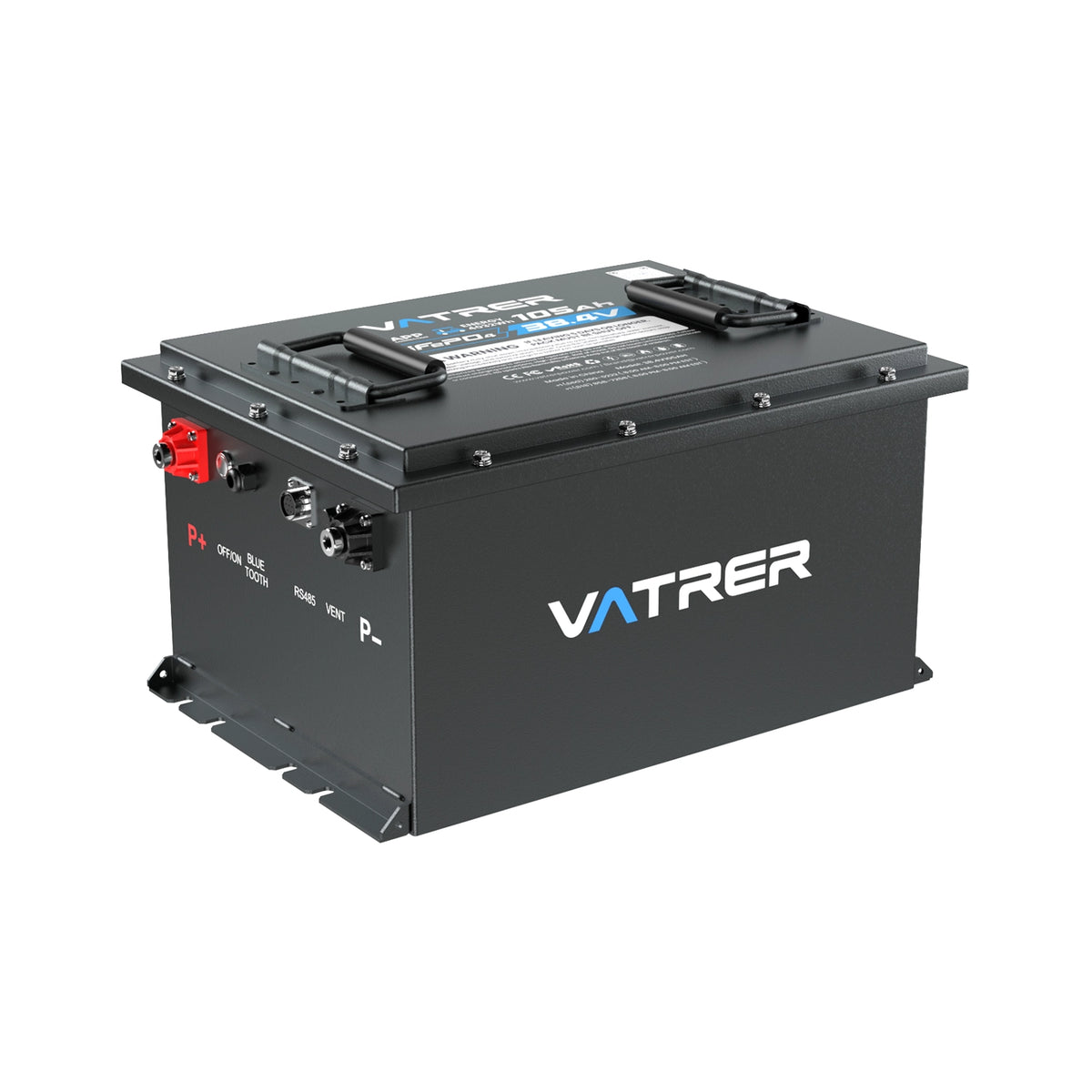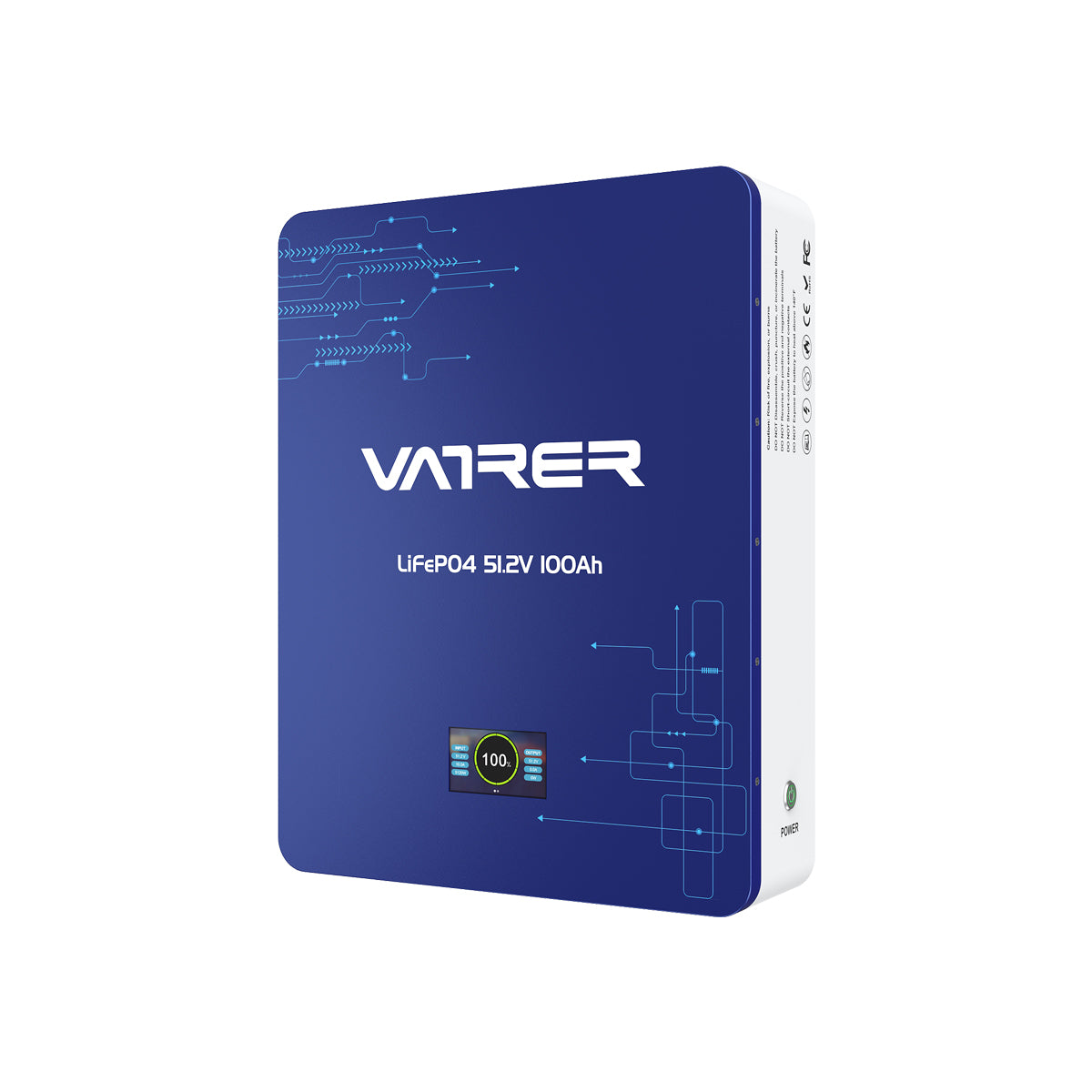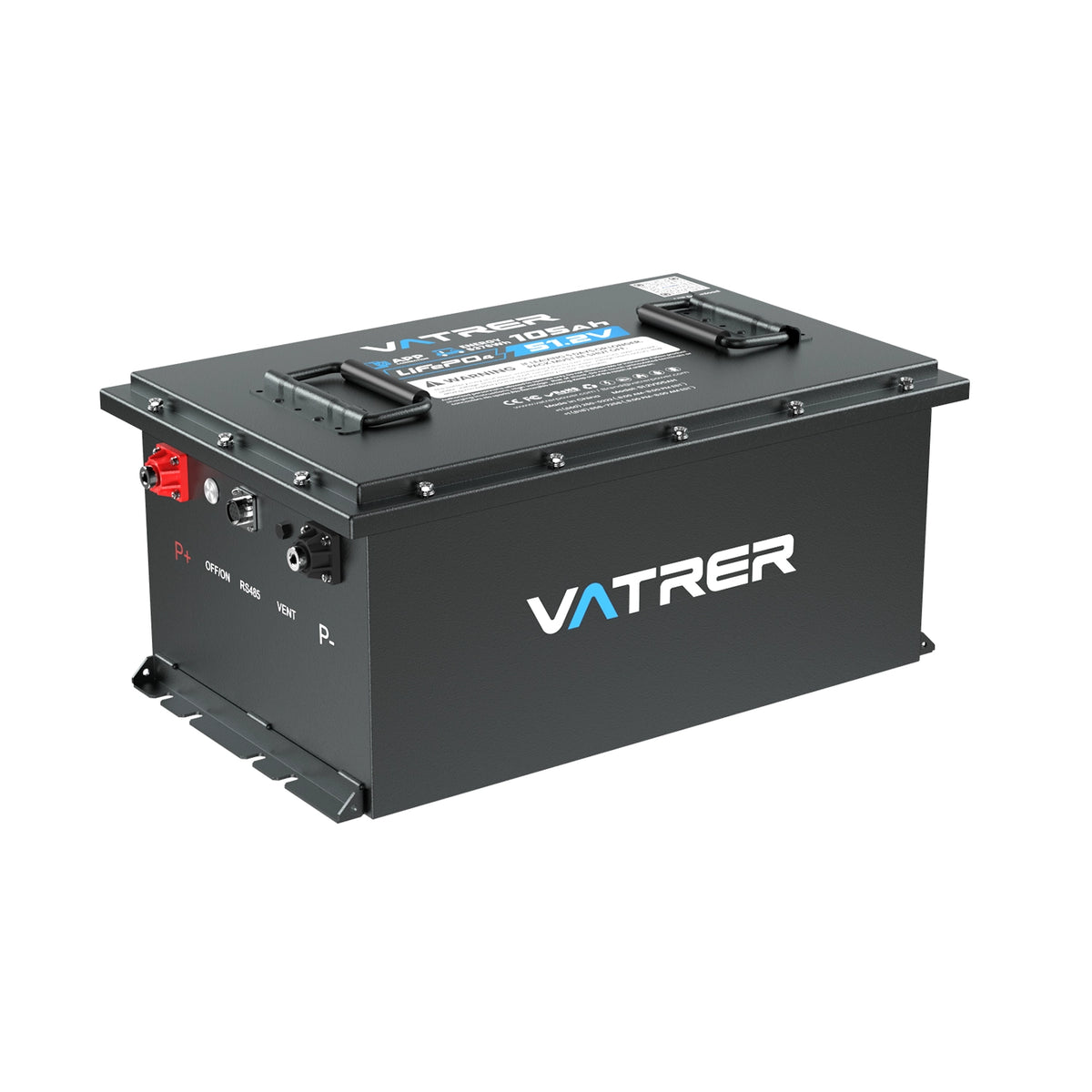If you're an angler, you know that a reliable fish finder can make all the difference in your fishing experience. But to get the most out of your fish finder, you need the right battery. In this blog post, we'll explore the best types of batteries for fish finders, what to consider when choosing one, and some top recommendations to help you make an informed decision.

Why the Right Battery Matters
A fish finder is an essential tool for locating fish and understanding underwater terrain. However, it relies on a steady power supply to function effectively. Choosing the right battery ensures that your fish finder runs smoothly for extended periods, allowing you to focus on fishing rather than worrying about your equipment.
Types of Batteries for Fish Finders
There are several types of batteries suitable for fish finders, each with its own advantages and disadvantages. The main types include:
1. Sealed Lead Acid (SLA) Batteries
Pros:
-
Affordable
-
Widely available
-
Reliable
Cons:
-
Heavy
-
Limited lifespan
-
Longer charging times
SLA batteries are a popular choice due to their affordability and dependability. They're sealed, meaning they don't require maintenance, and they're easy to find in most stores. However, they are quite heavy, which can be a drawback if you need to carry them for long distances.

2. Lithium-Ion Batteries
Pros:
-
Lightweight
-
Long lifespan
-
Fast charging
Cons:
-
Expensive
-
Requires specific chargers
Lithium-ion batteries are becoming increasingly popular for fish finders because they offer many advantages over traditional SLA batteries. They are significantly lighter, have a longer lifespan, and charge much faster. However, they come at a higher cost and require specific chargers, which can add to the initial investment.

3. Lithium Iron Phosphate (LiFePO4) Batteries
Pros:
-
Extremely long lifespan
-
Safe and stable
-
Lightweight
Cons:
-
Expensive
-
Requires specific chargers
LiFePO4 batteries are a type of lithium battery known for their safety and stability. They offer an extremely long lifespan and are lightweight, making them an excellent choice for fish finders. Like other lithium batteries, they are more expensive and require specific chargers.

Key Considerations When Choosing a Battery
When selecting a battery for your fish finder, consider the following factors:
1. Capacity
Battery capacity is measured in ampere-hours (Ah). The higher the capacity, the longer the battery will last. Choose a battery with enough capacity to power your fish finder for the duration of your fishing trips.
2. Voltage
Most fish finders operate on 12V batteries. Ensure that the battery you choose matches the voltage requirements of your fish finder.
3. Size and Weight
If you need to carry your battery over long distances or have limited space on your boat, consider the size and weight of the battery. Lithium batteries are typically lighter and more compact than SLA batteries.
4. Charging Time
Consider how long it takes to charge the battery fully. Lithium batteries generally charge faster than SLA batteries, which can be a significant advantage if you need to recharge between trips.
5. Durability and Lifespan
Look for a battery that can withstand the rigors of outdoor use and has a long lifespan. Lithium batteries, particularly LiFePO4, are known for their durability and longevity.
Conclusion
Choosing the right battery for your fish finder is crucial for a successful and enjoyable fishing experience. Consider the type of battery, its capacity, voltage, size, weight, charging time, and durability when making your decision. Whether you opt for a reliable SLA battery, a lightweight lithium-ion battery, or a durable LiFePO4 battery, the right choice will keep your fish finder running smoothly and enhance your time on the water. Happy fishing!







